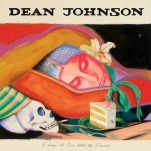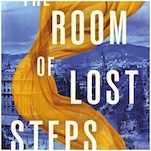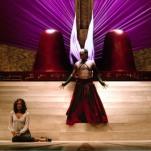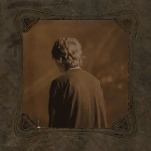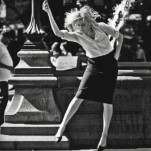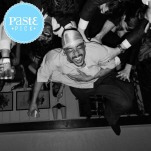Ava Reid’s Lady Macbeth Is Ferociously Feminist But Not Particularly True to Shakespeare’s Text
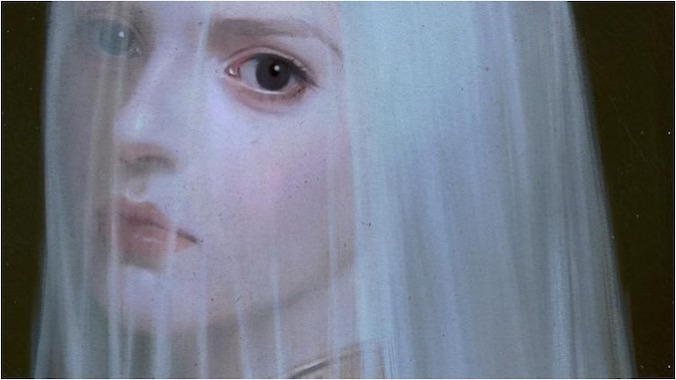
Retellings are all the rage right in the world of publishing right now, with stories eager to reexamine everything from familiar fairy tales and folklore to Greek myths and Arthurian legends using feminist, queer, or simply more contemporary perspectives. Some feature a greater focus on marginalized characters. Others work to give often ignored secondary characters the depth their original authors didn’t. And still more ask us to confront our assumptions about what blanket terms like “good” or “evil” even mean. That multiple novels released over the past year—Queen Hereafter, All Our Yesterdays, Queen Macbeth—have aimed to recontextualize and explore the origins of William Shakespeare’s Lady Macbeth isn’t all that surprising—she’s one of the Bard’s most iconic characters. But Ava Reid’s Lady Macbeth offers something entirely unexpected—for both good and ill.
Reid, author of such excellent, feminist fantasies as The Wolf and the Woodsman and Juniper and Thorn, seems like an ideal candidate to tackle a reimagination of one of the most famous women in all of Shakespeare. And on many levels that’s true. Recasting her as a timid teen rather than a middle-aged woman with years of life experience behind her, Reid deftly shifts the story’s focus to a reluctant bride’s journey into her own power. But in doing so, she, unfortunately, abandons much of what makes the original so fascinating and winds up writing a retelling that, while it may be intriguing enough as a standalone story, has almost nothing new to say about the characters or story it’s meant to be based on.
While there are elements of Lady Macbeth that will feel familiar to fans of Shakespeare’s play—a trio of distinctly horrifying witches, a prophecy that requires a forest to move, a Scottish warrior who murders his way to a throne—it’s difficult to argue that this book qualifies as a retelling of the original. At some points, the only similarity between the two stories is that some (but not all!) of the characters share the same names. It’s deeply frustrating because for all the book’s successes—striking imagery, lush and beautifully written prose, a fiercely feminist point of view—it’s hard not to wonder if Lady Macbeth would have worked better if it were simply an original story, rather than a retelling that pays scant interest to many of the themes found in Shakespeare’s play. It’s not clear that the comparison between the two does this novel (which, again, has a lot of enjoyable pieces!) any favors.
In Reid’s version, we meet the future Lady Macbeth on the road to Scotland. Here she’s a seventeen-year-old French princess named Roscilla, whose reputation is already tinged with a whiff of the supernatural. Rumored to have been cursed by a witch, it’s said that one look into her eyes can drive men mad. As a result, she is forced to move through the world veiled, which often serves as both a metaphorical means of setting her apart from the world and protecting her innermost thoughts from those around her. Her husband, the Thane of Glamis, is not the sort of man she’d dreamed of marrying, and life with him is not an easy one. His castle is remote and cold. Macbeth himself is brusque and standoffish, with plenty of secrets that unfold throughout the novel. The most important of these is probably that his castle has a hidden subterranean chamber where three blind witches are chained in captivity, forced to prophesy for him.
The larger story follows some of the familiar beats of the original play: Duncan does indeed visit Macbeth’s castle, only to never go forth from it again. There is something of a succession crisis between his two sons following his death. Banquo is murdered after the witches prophesize a great future for his offspring. But, unfortunately, almost none of its emotional core feels true to the characters these figures are meant to represent. Part of the tragedy of Shakespeare’s story is that Macbeth is a traumatized man ultimately corrupted by his own ambition. He wasn’t a brute and while it’s more than fair to argue that he becomes a monster by the time the curtain falls, he doesn’t begin the story as one.
-

-

-

-

-

-

-

-

-

-

-

-

-

-

-

-

-

-

-

-

-

-

-

-

-

-

-

-

-

-

-

-

-

-

-

-

-

-

-

-







